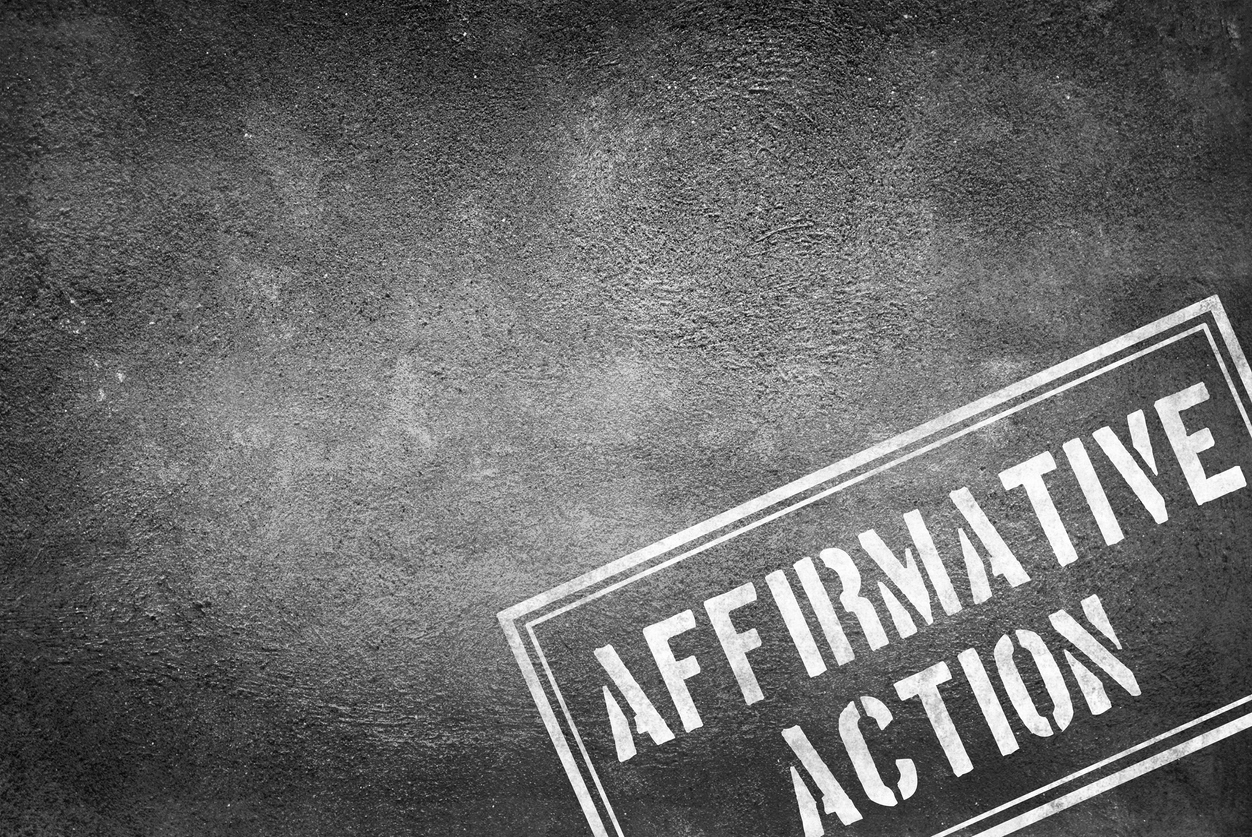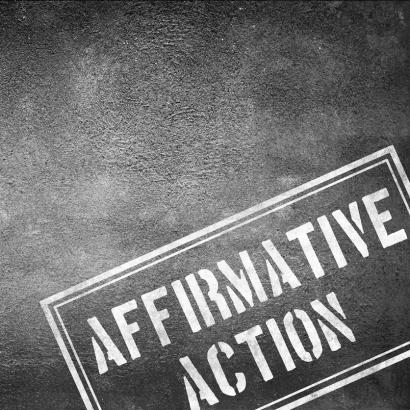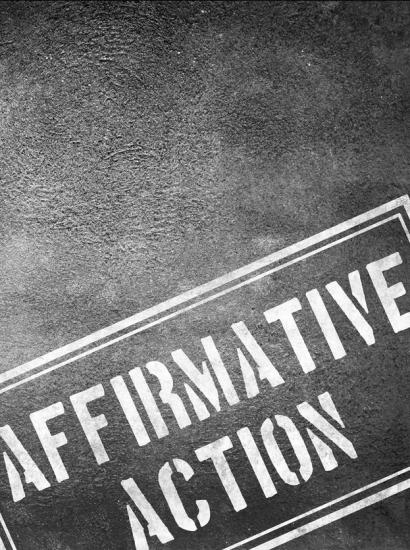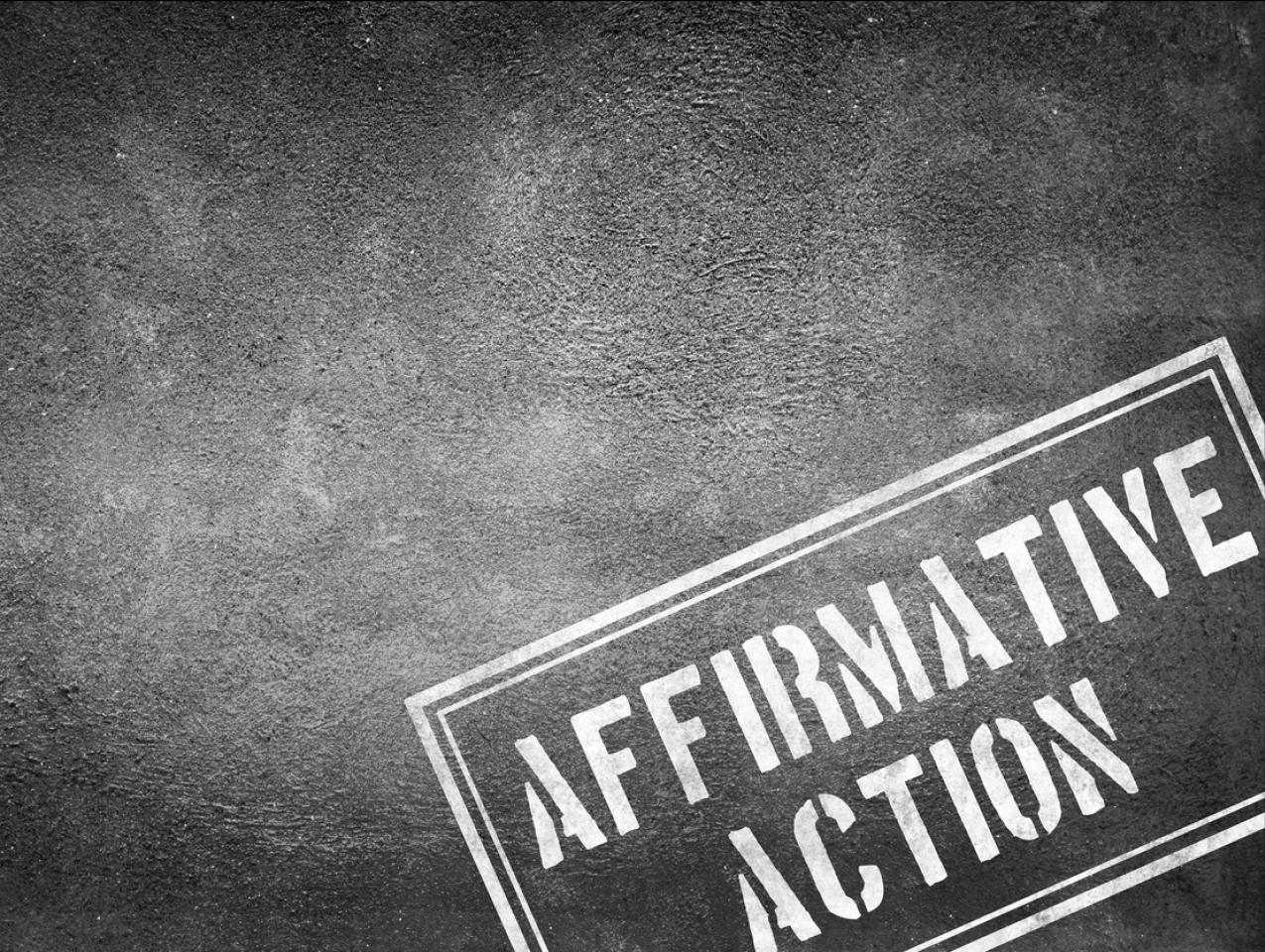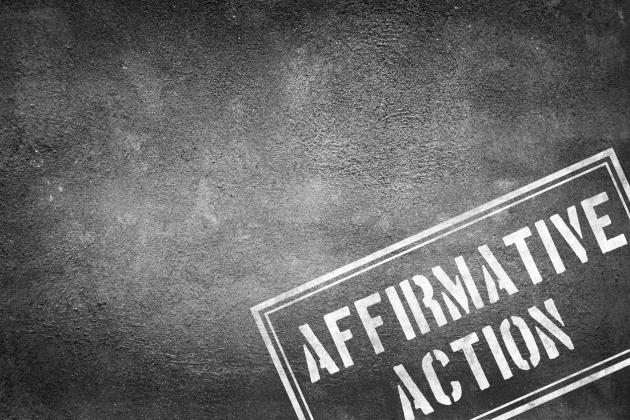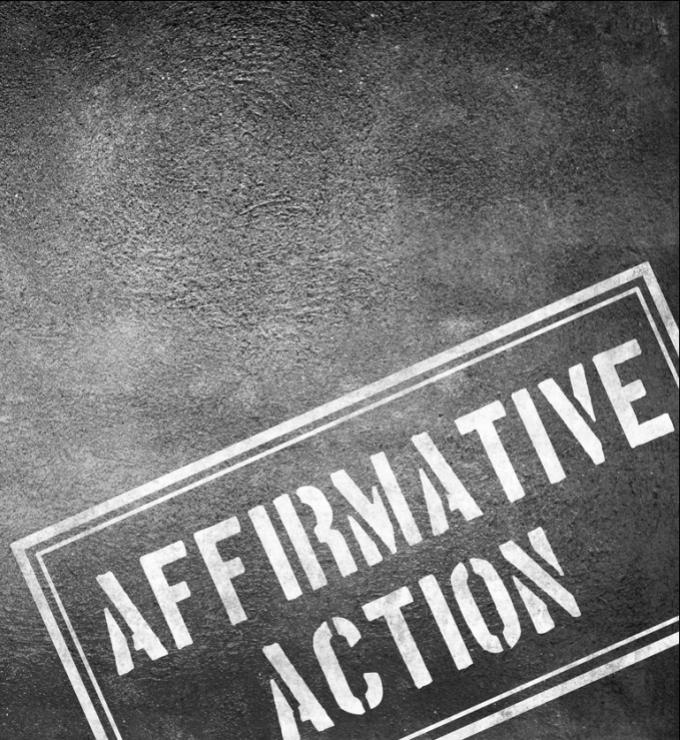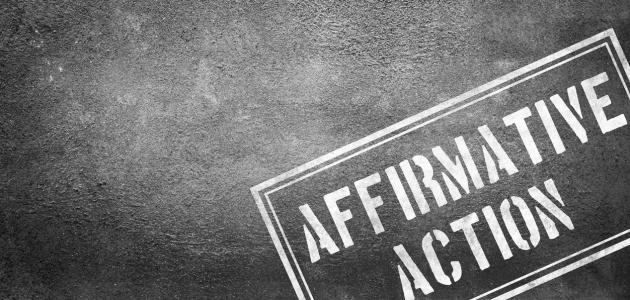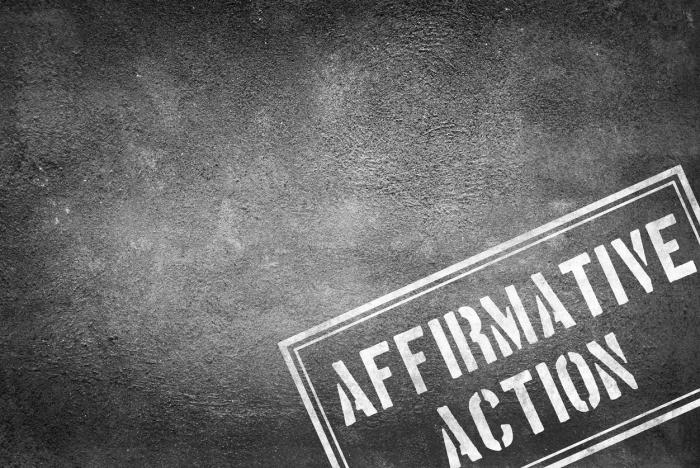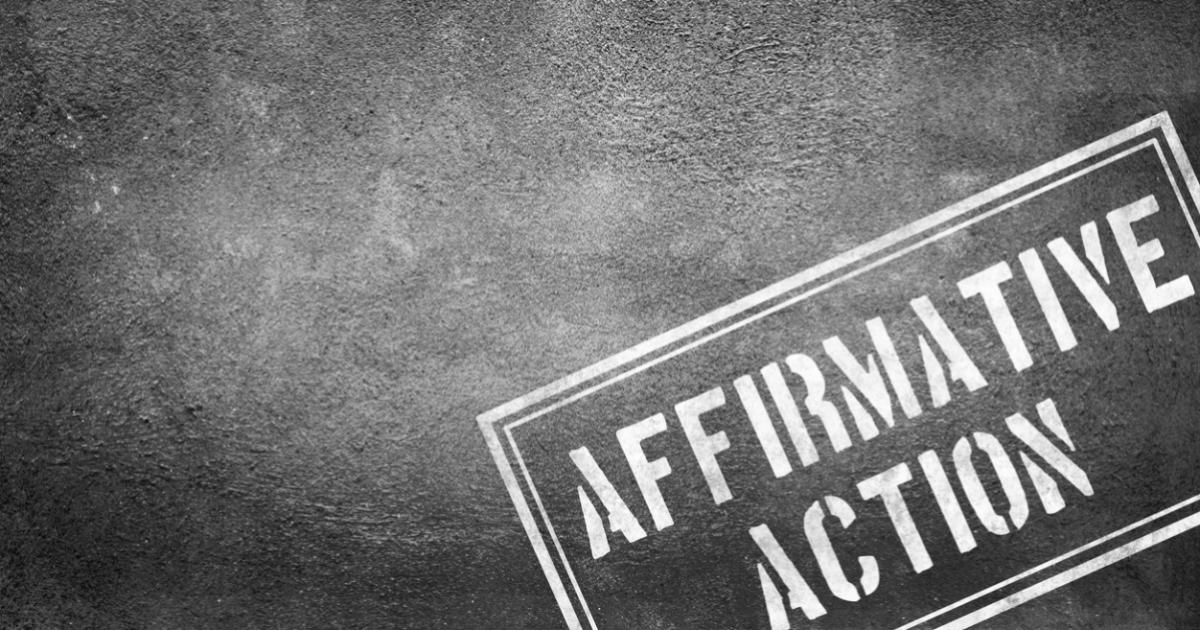- Politics, Institutions, and Public Opinion
- Judiciary
- Law & Policy
- Civil Rights & Race
On January 24, 2022, the US Supreme Court granted certiorari in two blockbuster cases dealing with affirmative action in higher education. Students for Fair Admissions Inc. (SFFA) v. President & Fellows of Harvard College involves a private institution covered by Title VI of the Civil Rights Act of 1964, which reads:
No person in the United States shall, on the ground of race, color, or national origin, be excluded from participation in, be denied the benefits of, or be subjected to discrimination under any program or activity receiving Federal financial assistance.
The companion case, SFFA v. University of North Carolina, involves a state institution subject to both Title VI and the Equal Protection Clause of the Fourteenth Amendment, the latter of which reads: “nor shall [any State] deny to any person within its jurisdiction the equal protection of the laws.” The great question underlying both cases is whether these two provisions require that race not be considered in the admission of students into higher education.
When Title VI was adopted in 1964, the answer was no: the provision meant what it said and said what it meant. No lesser figure than President John F. Kennedy wrote:
Simple justice requires that public funds, to which all taxpayers of all races contribute, not be spent in any fashion which encourages, entrenches, subsidizes, or results in racial discrimination.
Yet, the racial turmoil that followed Kennedy’s death led to a general social reappraisal of a colorblind statute and Constitution to remedy the vast gulf in social wealth and opportunities that had been the legacy of Jim Crow segregation. Thus, by 1978 the Supreme Court in Regents of the University of California v. Bakke coalesced around two propositions. The first was that the Equal Protection Clause and Title VI should be read in pari materia (roughly, of the same stuff), and that both of these laws permitted institutions of higher education to use racial diversity as a justification to depart from the strict neutrality commanded by both provisions. The Supreme Court in Grutter v. Bollinger crystallized that intuition twenty-five years later.
Against this backdrop, SFFA put the question to the Supreme Court in all-or-nothing terms:
Should this Court overrule Grutter v. Bollinger, 539 U.S. 306 (2003), and hold that institutions of higher education cannot use race as a factor in admissions?
Taking the case on these stark terms raises the distinct possibility that a conservative Supreme Court intends to overturn decisions of both the First Circuit and the District Court in North Carolina, which upheld both programs in the name of diversity. Defenders of Bakke and Grutter, such as Nicholas Lemann, writing in The New Yorker, lamented that the dearth of moderate conservative justices means that Grutter is history, because the current conservative six-member majority will reflexively resort to the colorblind principle. His prediction may well be accurate, but to take up his challenge, I do think an intermediate position can be formed—but not one that supports preserving Grutter.
Start with the history of the Equal Protection Clause, which was adopted in 1868 at a time when the major constitutional prohibitions were limits on the power of the federal government and the states to coerce or regulate individuals, but limits that did not constrain how either level of government could distribute various public benefits. From that historical perspective, the “protection” of the Equal Protection Clause imposed no limitations on how the government distributed goodies, whether it be forty acres and a mule for recently freed slaves or public support of segregated schools. That initial reading created a huge gap in the constitutional structure, which was slowly closed in the run-up to Brown v. Board of Education in 1954. But a new constitutional challenge popped up, namely whether the colorblind principle that rightly applies to the enforcement of the criminal law should carry over to the distribution of public benefits, especially when vast segments of the population were convinced that cautious neutrality was insufficient to undo the massive errors of the past (a perspective captured in the civil unrest of the time).
In my view (which tends to please no one), some play in the joints is indeed needed to let public institutions imitate private institutions that extensively engage in affirmative-action programs. Indeed, if private institutions do not take public moneys, they remain free, even today, to discriminate in whatever way they please. Why put public institutions in a straitjacket so that they cannot reap the benefits from the right mix of diverse students that voluntary private institutions have readily embraced? But by the same token, it would be foolish to overlook JFK’s appeal to simple justice, which is violated if government force works a massive redistribution between racial groups.
So at this point, we enter the treacherous waters of balancing tests, where someone has to define what counts as a suitable factor for deviating from a colorblind rule and why. In times when general social agreement sets the dimensions of a sensible compromise, there is no need for any court to wade into this imposing thicket. But those times are surely past, given the huge split of popular opinion on this issue. So, now the courts have to step in, which moves us to ask: what should be done if Grutter is allowed to survive?
Here are some guidelines.
It remains flatly illegal under both the Equal Protection Clause and all titles of the Civil Rights Act for public or private institutions to adopt, as some have begun to implement, rigorous hiring or admission standards that require all applicants receive a positive score on matters of diversity, equity, and inclusion before any other factor can be considered. The test acts a condition precedent that makes it impossible for anyone who disagrees with the policy goal to obtain a faculty or student position. This overbroad form of intervention not only amounts to a form of coerced speech but also generates huge preferences for members of minority groups who are more likely to endorse these practices. Technically, these speech requirements are not employment or admission requirements, but as Lawrence Krauss argues in the Wall Street Journal, these speech requirements function as de facto hiring or admission decisions, which, in my view, is sufficient to create a discrimination case in tandem with a strong free speech claim—at least against public entities. Moderate liberals should join with moderate conservatives to attack these plans.
The question is whether one can go further—we can by looking at the extensive discrimination that gives African-American students a huge leg up against all white and Asian applicants. The raw numbers in the Harvard case look like this:
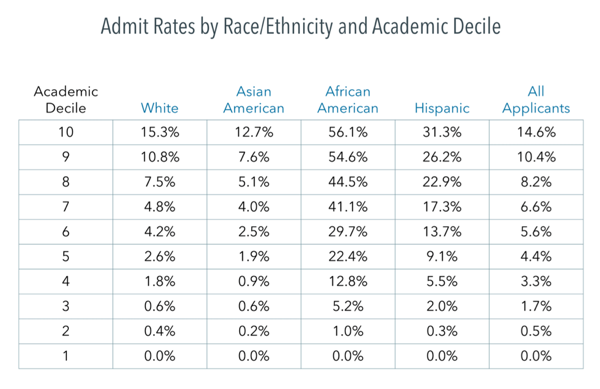
It takes no great imagination to see that Harvard’s African-American applicants receive a huge bump from the admission process, which forces moderates to ask what could justify that shift. The line of defense for Harvard’s position adopted by the First Circuit is a perfect non-sequitur: “Because of the size of the applicant pool relative to Harvard’s available slots, Harvard cannot admit all applicants who would succeed academically.” That argument makes good sense when some persons in the top decile are turned down because various “plus” factors are used to pare down the class. But so long as there is a surplus of talent in the top tier, there is no reason to bring individuals from lower tiers back into the admissions mix, whose extra factors are (as is typical in the admissions world) rarely, if ever, capable of bridging the academic gap.
Harvard then engages in a second diversionary tactic when it notes, correctly, that it has separate tracks for certain other applicants unrelated to race. In particular, it points to its ALDC students—recruited athletes, legacy applicants, applicants on the Dean’s Interest List, and children of faculty and staff—who constitute about 5 percent of applicants but 30 percent of the admittees. So here is the right question to ask, how do the credentials of individuals in this group line up relative to those of students admitted under the diversity banner? If the two numbers are the same, then it is at least arguable to say that the diversity preference is just like any other. That observation does not answer the question as to why it is permissible to deviate from Title VI just because Harvard makes other allowances that are not race-related. But, for a moderate looking for a way to cabin the extra race factor in a narrow and defined manner, this comparison offers a good start because it gives an easily observable and realistic benchmark that allows for affirmative action but prevents admission excesses. However, it appears that data has not been introduced into evidence.
The willingness to make these adjustments depends on whether administrators and lower courts, following the Supreme Court’s likely step back from the previous cases, wish to expand that extra factor, so as to remove any and all restraints on how the diversity machine operates. I, for one, am skeptical that the center will hold in light of the enormous institutional pressures to maintain and expand diversity on the ground that it is a compelling state interest. Does diversity raise academic standards? Does it promote a diversity of viewpoints? Does it promote cooperation between the races? Does it advance a sense of community? The answers to these highly relevant questions are missing in the Harvard brief.
Will good answers come from any of the opinions in the case? Not likely, but only time will tell.







